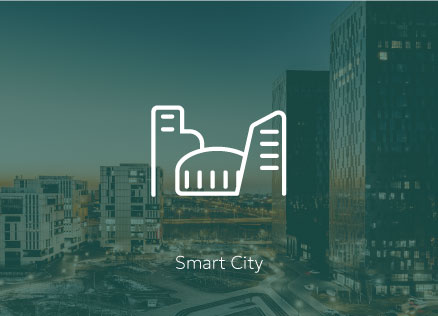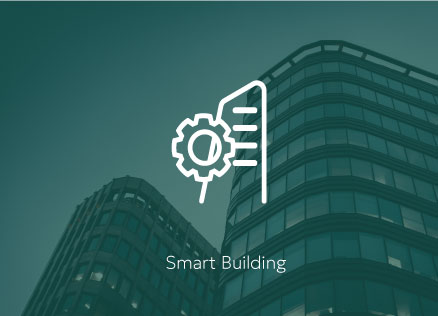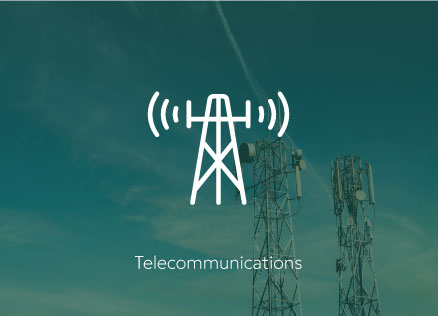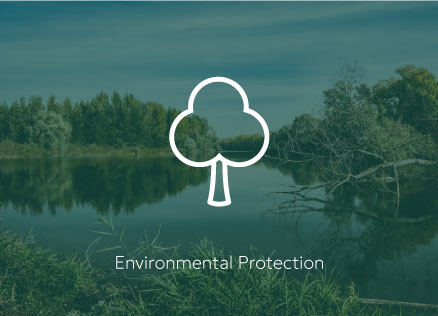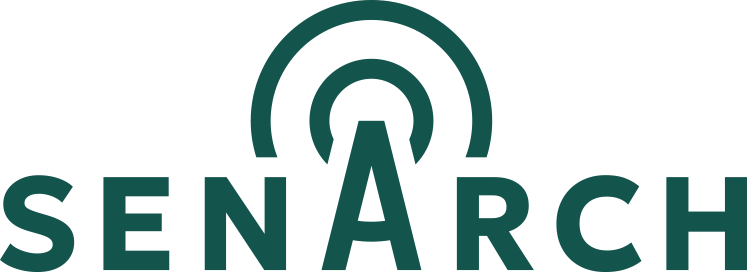
Utilities of all types have a need to improve control and measurement of the commodities they supply in order to bill consumption accurately, reduce wastage, cut operational costs and give a better customer experience.
LoRaWAN is an ideal connectivity technology for utilities because it combines extremely long range, measured in miles, with deep underground and indoor penetration.
Key benefits of using SenArch
- Off-grid wireless sensor connectivity anywhere.
- Faster and easier installation due to no cabling.
- Deployment flexibility due to the system modularity.
- Remote device management reduces operational complexity.
-
Going Solar means lower costs and greener operation.
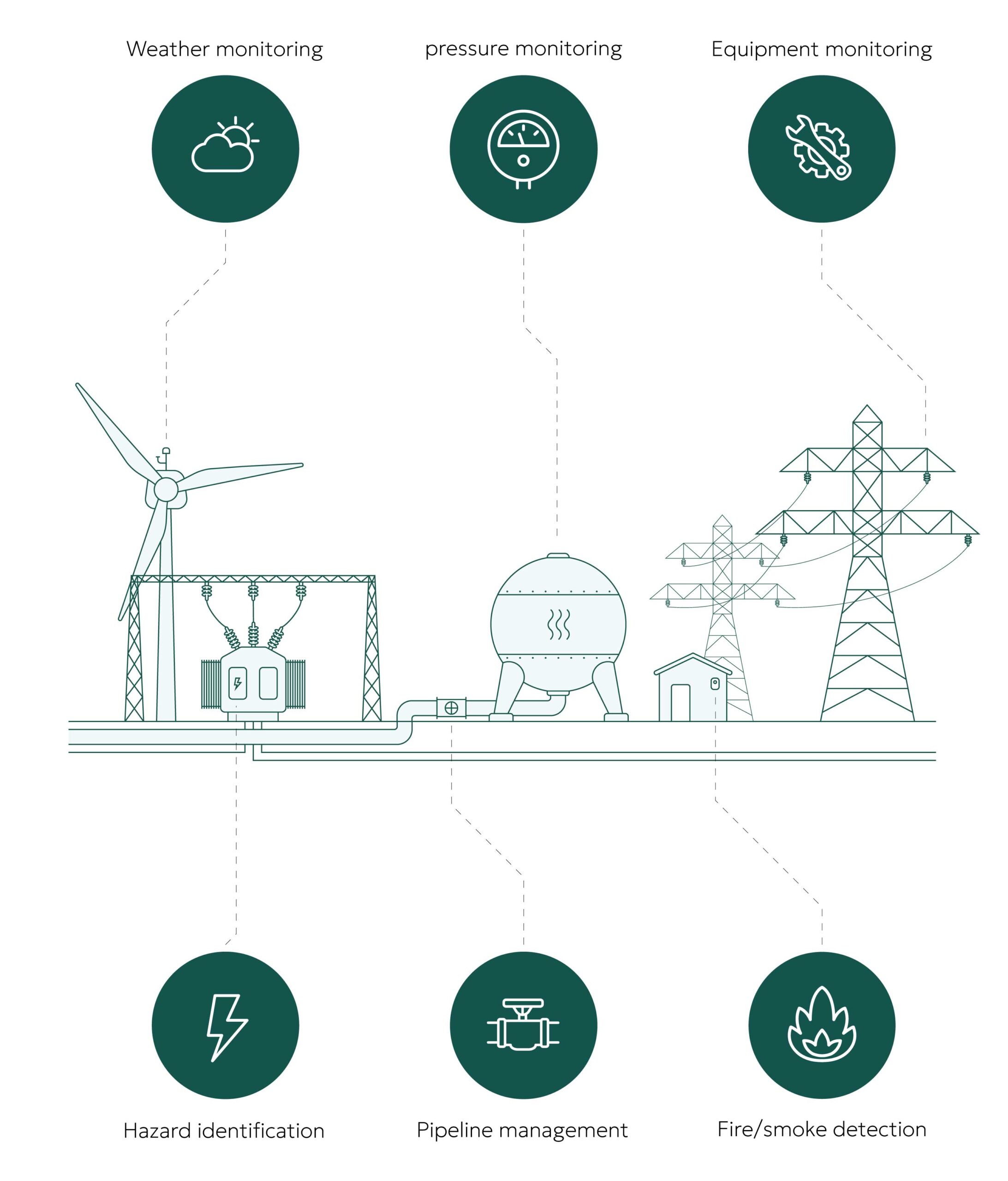

Monitoring Critical Infrastructure
Whether supplying water, gas or electricity, utilities need to supply reliable and safe services, while also doing so economically to ensure value for money for customers and continued revenue for the company. With the effect of climate change and population demanding more resources, utilities companies are also looking for ways to drive down waste, optimize the use of available resources and integrate the renewable resources.
Efficient metering is central to these goals. Reliable, easy to access data on water and gas volumes and flow rates is essential to managing distribution network such as optimizing the cost of energy used for pumping water at the right pressure level, or dosing better the water treatment process, while granularity of data on electricity consumption patterns is vital to capacity planning for smart grids.
They can do this by regularly collecting data from meters, monitoring all types of sensors and controlling remote valves or actuators in near real-time. The key to this is connectivity. SenArch bridges the connectivity gap.
Client reference

Energinet
The Danish energy transmission system operator (TSO), Energinet, was interested in testing the SenArch solar-powered LoRaWAN gateway to determine whether it could be used to monitor parts of Denmark’s critical energy infrastructure.
As owner and operator of the transmission systems for electricity and gas in Denmark, Energinet is deeply involved in the green transition and ensuring that the underlying infrastructure is capable of delivering the scale and capacity. Operating and maintaining these critical assets require data and this is where IoT sensors can play a significant role. The purpose of IoT sensors is to measure parameters in the physical world and convert it to digital data, which bring insight and value.
In many cases, IoT sensors need to be installed in remote and out-of-reach locations where connectivity is unavailable due to poor radio signal. The Energy and Utility sector is used to operate infrastructure in such locations and SenArch’s off-grid IoT gateway is therefore relevant.

